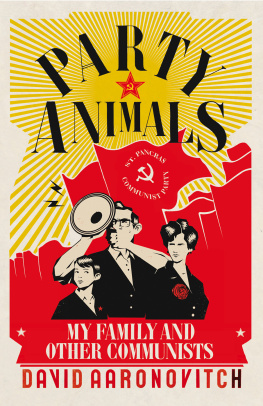A Short History of the Hungarian Communist Party
A Short History of the Hungarian Communist Party
Mikls Molnr
In spite of its small size, the Hungarian Communist party (HCP), founded in the fall of 1918, has played an important role both in Hungary's national history and in the international communist movement. Hungary, which was the only soviet republic other than the ephemeral Bavarian soviet republic to exist outside the USSR, lasted five months during the critical period of the Paris Peace Conference. The "veterans" of the Hungarian soviet republic, like Bla Kun, Georg Lukcs, and Eugen Varga, later held important posts in the Comintern and in the international Communist press. In the Stalinist era, the HCP distinguished itself by excessive zeal in the application of "integral Stalinism" in foreign policy (e.g., anti-Titoism), the economy, and political life (e.g., the Rajk and Kdr trials). However, the 1956 revolution was engineered by the revisionist communist intelligentsia and by such revisionist party leaders as Imre Nagy, Finally, in spite of its repressive role after the revolution, in the 1970s under Jnos Kdr the HCP introduced a new system of "liberalism" and economic reform.
This volume was written on the basis of official party publications, memoirs, the contemporary press, and research conducted in Hungarian, Austrian, French, and Italian archives.
Mikls Molnr is professor of the history of international relations and of contemporary history at the Graduate Institute of International Studies (GIIS), Geneva, and at Lausanne University. Dr. Molnr studied in Budapest, where he was editor-in-chief of Iradalmi Ujsag, and received his Ph.D. from the GIIS. Among his books are Le Dclin de la Premire Internationale and A History of the Hungarian Revolution.
First published 1978 by Westview Press, Inc.
Published 2019 by Routledge
52 Vanderbilt Avenue, New York, NY 10017
2 Park Square, Milton Park, Abingdon, Oxon OX14 4RN
Routledge is an imprint of the Taylor & Francis Group, an informa business
Copyright 1978 Taylor & Francis
All rights reserved. No part of this book may be reprinted or reproduced or utilised in any form or by any electronic, mechanical, or other means, now known or hereafter invented, including photocopying and recording, or in any information storage or retrieval system, without permission in writing from the publishers.
Notice:
Product or corporate names may be trademarks or registered trademarks, and are used only for identification and explanation without intent to infringe.
Library of Congress Number: 77-27898
ISBN 13: 978-0-367-28725-2 (hbk)
There is no authentic, accessible historical evidence that allows us to establish precisely the dates, places, and circumstances of the foundation of the Hungarian Communist party (HCP).
In any case, two separate initiatives lie at the origin of the HCP: one taken by socialist groups, both revolutionary and leftist, in Hungary, the other by Hungarian prisoners of war in Russia who had adhered to the revolution and the Bolshevik party. As early as October 1918, the socialist groups in Hungary were considering the formation of either a communist circle (Karl Marx Circle or Ervin Szab Circle) or a revolutionary socialist party separate from the Social Democratic party (SDP). On November 15, 1918, with the foundation of It was there, in fact, that Bla Kun and his friends, having arrived from Moscow on November 19, met with their comrades of the socialist left in order to found the Hungarian Communist party. However, this does not rule out the possibility that such an initiative had been taken even before their arrival, probably by Jnos Hirossik.
Be that as it may, the communists who came from Russia played a major role in the actual establishment of the HCP, if only by reason of the prestige that surrounded the Russian Bolshevik party, its leader Lenin, and its principles of revolutionary organization, to which the group from Russia laid claim.
The origin of this group, which was led by Bla Kun, goes back to 1917, In several prison camps in Russia, soldiers supported the revolution, especially in Siberia. In Omsk, the Hungarian Kroly Ligeti established and presided over the International Socialist (later Communist) Party of Prisoners of War. Still in Omsk, Ligeti published the Hungarian newspaper Forradalom [Revolution], In the meantime, several other communist groups were formed, notably in Tomsk, Ivanovo, Krasnoiarsk, Tver, and Petrograd. On March 24, 1918, a central organization was founded in Moscowit united the communist prisoners under the name of Hungarian Group of the Communist Party (Bolshevik) of Russia. This group published the biweekly Szocilis Forradalom [Social
It is important to note that this federation, which united the Hungarian, Rumanian, Yugoslav, Czechoslovak, and German groups (to which were soon added the Finnish, French, Bulgarian, and Anglo-American groups), operated under the direction of the Central Committee of the Communist party (Bolshevik) through the intermediary of its Hungarian, Rumanian, and other sections created within the Central Committee in March 1918. The Federation of Foreign Groups was to enroll all foreigners who were members of the Bolshevik party and to "unite them in the Third International."ties fell under the direction of the Central Committee of the Bolshevik party, where Bla Kun, according to many indications, enjoyed a rather exceptional role and prestige. This situation undoubtedly explains the particularly close relationship between, on the one hand, the leading circles in Moscow, including Lenin himself, and, on the other hand, the future Soviet Republic of Hungary. Likewise, it sheds light on the role played by the group of Hungarian migrs in Moscow after the collapse of the dictatorship in Hungary.
Established then on March 24, 1918, the Hungarian Group of the Communist Party (Bolshevik) of Russia, in addition to its propaganda and organizational work, formed an "agitator school," which trained 102 " agitator-propagandists" in five special courses. This number does not include those who received their training in Omsk from Ligeti's group and probably some others as well. According to the Hungarian historian Dr. Tibor Szamuely, 745 Hungarian prisoners attended the different agitator schools. According to a report of the Hungarian Group, 20 graduates from the Moscow school went to Hungary in October 1918, and 80 more in November 1918, in addition to "100-120 regular soldiers of the party."
In the meantime, several meetings took place in Russia for the purpose of forming the Hungarian Communist party. Already on July 10, 1918, it had been decided to convene those Hungarian communists of Russia who were ready to go to Hungary in order to establish the party. At another meeting, held on August 25, Tibor Szamuely reported on his discussion with Lenin, who had inquired about the Hungarian Social Democratic party to learn whether cooperation between communists and social democrats would be possible. On October 25, Kun laid down the principles that were to preside over the formation of a Hungarian Communist party of the Bolshevik type. Finally, on November 4, the group of Austro-Hungarian communists of the Bolshevik party founded, still at the Hotel Dresden,


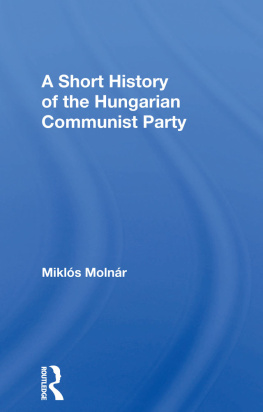

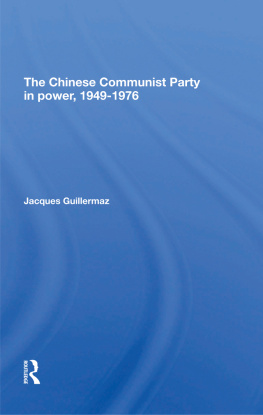


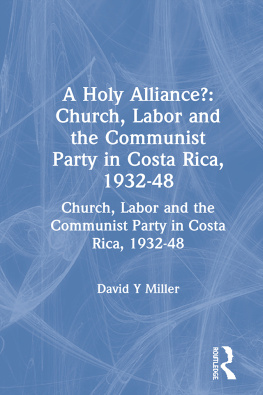
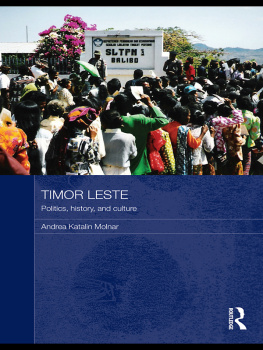

![Communist Party of PeruCommunist Party of Peru - Shining - The Collected Works of the Communist Party of Peru. 1968-1999 [Warning: Hate Speech and Negationism]](/uploads/posts/book/267146/thumbs/communist-party-of-perucommunist-party-of-peru.jpg)

